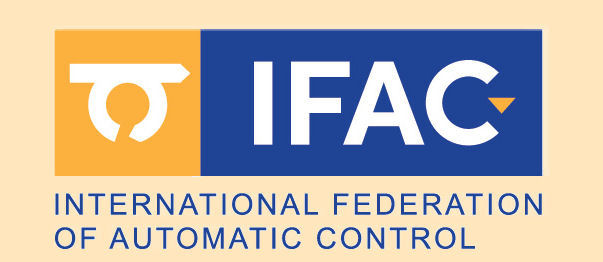| Paper ThuS3T3.1
KHAYAT, Ahmed (IESI Laboratory, ENSET Mohammedia, Hassan II University of Casab), MOHAMMED, KISSAOUI (HASSAN II University of Casablanca, Morocco), BAHATTI, Lhoussain (ENSET MOHAMMEDIA - HASSAN II university in Casablanca), RAIHANI, Abdelhadi (Hassan II university of Casablanca (Morocco), ENSET Mohammedia (), ERRAKKAS, KHALID (EEIS Laboratory, ENSET Mohammedia, Hassan II University of Casab), Atifi, Youness (Electrical Engineering and Intelligent Systems Laboratory (EEIS))
Hybrid Model for Microgrid Short Term Load Forecasting Based on Machine Learning
Scheduled for presentation during the Invited Session "Advanced Control Techniques for Energy Conversion Systems-3" (ThuS3T3), Thursday, July 11, 2024,
15:30−15:50, Session room 3
12th IFAC Symposium on Control of Power & Energy Systems, July 10-12, 2024, Rabat, Morocco
This information is tentative and subject to change. Compiled on January 2, 2025
|


 This site is protected by copyright and trademark laws under US and International law.
This site is protected by copyright and trademark laws under US and International law.